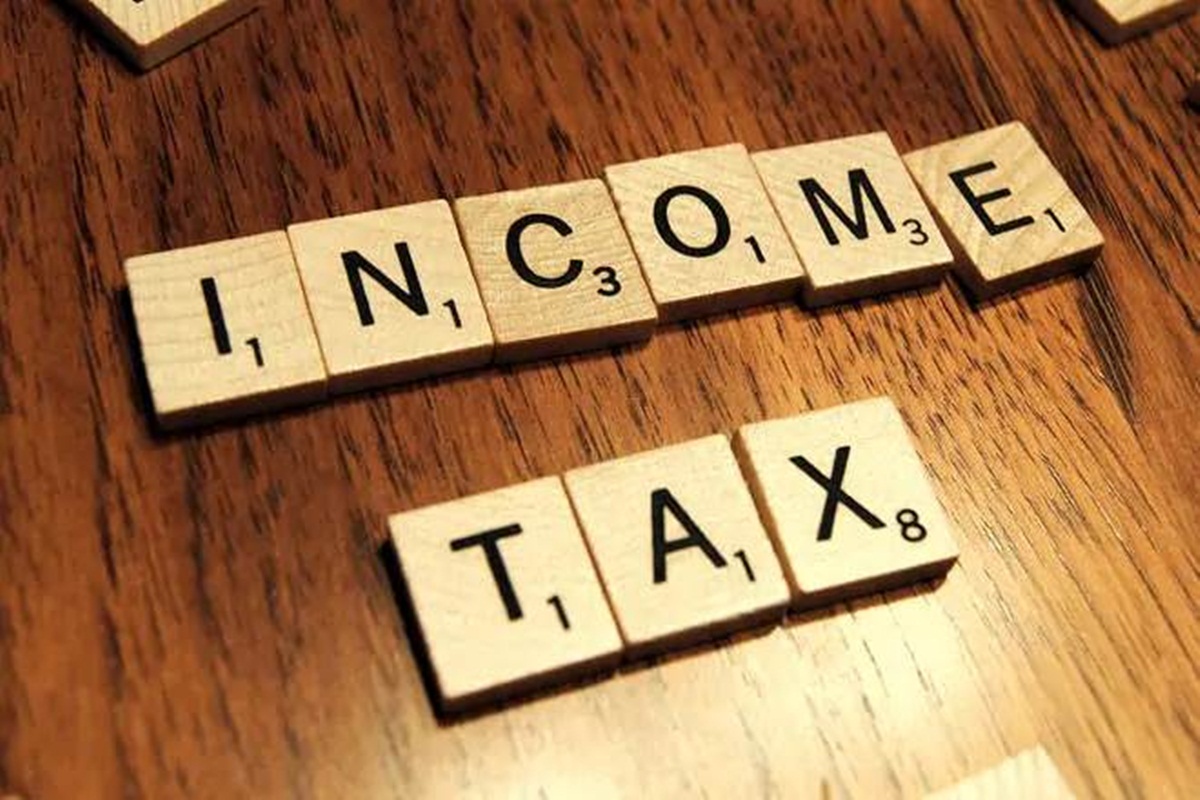New Delhi: – Union Finance Minister Nirmala Sitharaman introduced the much-anticipated New Income Tax Bill, 2025 in the Lok Sabha on Thursday. The bill aims to replace the existing Income Tax Act of 1961, bringing in significant reforms to simplify taxation, improve compliance, and introduce a ‘tax year’ concept.
The government has undertaken this overhaul to modernize and streamline the country’s tax structure, reducing complexities that taxpayers and professionals have faced for decades.
Key Highlights of the New Income Tax Bill, 2025
- The bill replaces 298 sections and 14 schedules in the six-decade-old Income Tax Act.
- The new law will now include 526 sections, 23 chapters, and 16 schedules spread across 622 pages.
- A new ‘tax year’ concept has been introduced, which will now begin from April 1 every year.
- The bill aims to replace the current assessment system and the previous year concept under existing laws.
- Simplified tax language – The bill removes redundant provisions such as the Fringe Benefit Tax and eliminates the need for excessive explanations and provisos.
- Easier to Understand – The law will now include tables, formulas, and structured provisions to make tax calculations more accessible.
- A Taxpayer’s Charter has been added, outlining the rights and obligations of taxpayers.
Why the Change?
The Income Tax Act, 1961 has been amended numerous times over the past 60 years, making it complex and difficult to interpret. Experts and tax professionals have often raised concerns about its lengthy provisions, ambiguous clauses, and confusing explanations.
The government announced in Budget 2024 that a comprehensive review of the law would be undertaken to make it concise, lucid, and easier to understand.
Next Steps: What Happens Now?
If approved by the committee and Parliament, the new tax law will come into effect from April 1, 2026.
The bill will now be sent to the Parliamentary Standing Committee on Finance for further discussion and deliberations.






